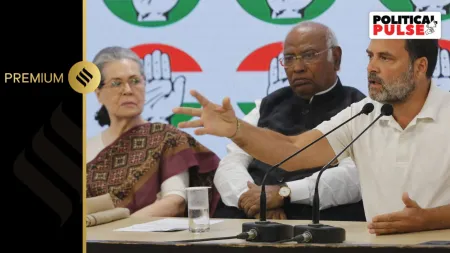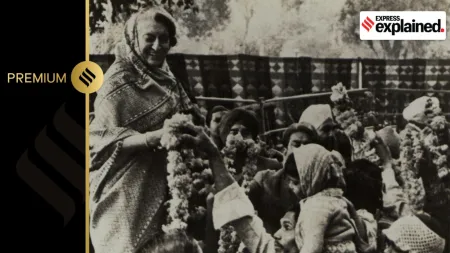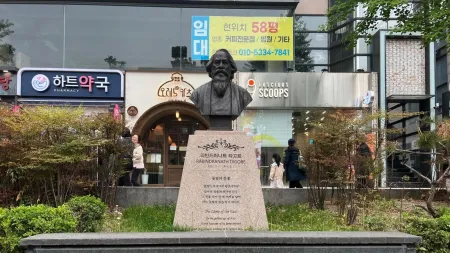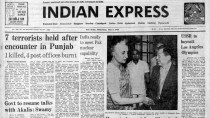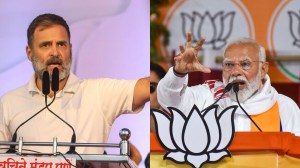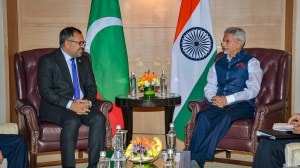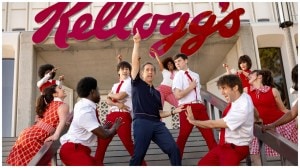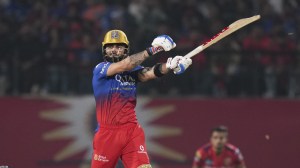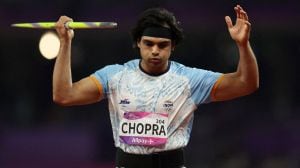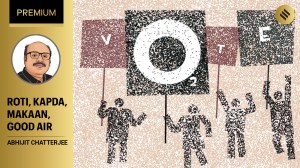- India
- International
Christophe Jaffrelot writes: A new Rahul Gandhi, an old Congress
Bharat Jodo Yatra has helped Rahul Gandhi's image. But electoral success for his party is another matter
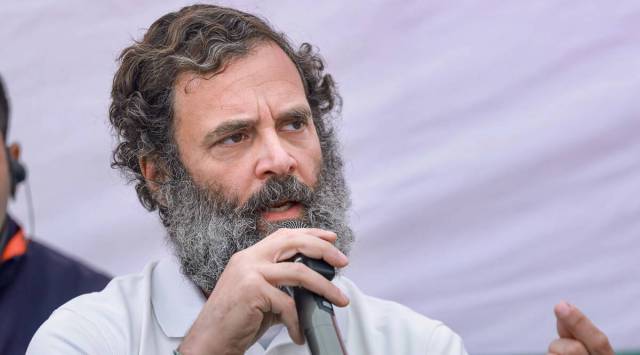 Rahul Gandhi. (File)
Rahul Gandhi. (File) This article was first published on February 8, 2023.
The future will tell whether the Bharat Jodo Yatra has achieved its objectives and changed India’s political trajectory — but it has already changed the image of Rahul Gandhi.
Yatras have been accomplished by many leaders before, but this one was different. In contrast to L K Advani’s Rath Yatra and M M Joshi’s Ekta Yatra, the BJY was mostly a pad yatra and not a motor yatra. Mahatma Gandhi had done it before, but his Salt March had taken him from Ahmedabad to the Arabian sea, whereas Rahul Gandhi’s Yatra, was 4,000 km-long.
In his biography of Gandhi, Erik Erikson emphasises that many great men have also been great walkers. For him, this ability to cover a long distance on foot reflected exceptional energy. Several of these people were also thinkers. For preachers, it makes sense to walk and travel to propagate their ideas, as the Buddha did, for example. In fact, he is often represented as walking in Dalit iconography.
Rahul Gandhi’s march was unique among political leaders, not only because of its length, but also because he accomplished it despite the cold weather of North India in December and January. Many commentators highlighted that he was wearing only a t-shirt in the cold. These remarks, which went viral on social media, need to be mentioned because they reflect attentiveness to forms of “tapasya” in Indian society: Politicians who adopt the repertoire of “saintly politics” (to use a concept introduced decades ago by Morris-Jones and Myron Weiner) acquire a particular prestige in India. Mahatma Gandhi is a case in point. Rahul Gandhi tried to draw upon this repertoire of appeals.

Rahul Gandhi hugged and held the hands of many people (men and women, boys and girls, old and young) on the road – emphasising his inclination for compassion, something he had already shown by hugging Narendra Modi in Parliament. This physical contact, in a society where touching the other is often restricted by social norms, contributed to presenting Rahul as a leader beyond caste and class. This is one way for mass leaders to acquire charisma.
Charisma, as Max Weber showed, comes from exceptional achievements — right or wrong. People are mesmerised by leaders who do things nobody did before. The popularity of Indira Gandhi till today — despite the Emergency and the way she messed things up in Assam, Punjab and Kashmir — is due to her exceptional deeds, including the 1971 war when “she broke Pakistan into two pieces” as “a Durga” (to cite A B Vajpayee) and the 1974 nuclear test. Similarly, the charisma of Narendra Modi is largely due to exceptional actions, including, for some, the fact that he presided over Gujarat 2002, the Balakot strike and even the 2016 demonetisation that was supposed to reduce corruption.
Can Rahul Gandhi now compete with Modi? He’s certainly a leader for some people. But Modi’s power relies on other pillars.
First, there’s the so-called mainstream media’s saturation of the public sphere with his image, the G20 story and so on. By contrast, the media initially largely ignored the Bharat Jodo Yatra, till it became impossible not to cover it. Yatra politics is all about publicity: Gandhi’s Salt March itself was such a great success because of the media (national and international) and Advani’s Yatra hit the headlines more than once — not to say anything about the Ekta Yatra whose chief organiser and master communicator was Modi.
Second, Modi’s political resilience is also due to the Sangh Parivar, an organisational backing that Rahul misses given the condition of the Congress party. Here, there are three key questions: Have the recent party elections reinvigorated the Congress apparatus? Have the party cadres been galvanised by the yatra, which has given them an opportunity to meet their leader? And, have factions receded to the background at the state level? The coming elections in Karnataka, Rajasthan, Madhya Pradesh and Chhattisgarh will answer these questions soon.
If Congress performs well in these key states, can it make a difference in 2024? It already had a programme — its manifesto, in 2019, was a convincing one — but missed a leader and an organisation. If it has that too now, what would it need to stage a comeback?
At least three issues remain. First, there is still biased information in the public domain and shrinking space for questioning the establishment. Second, elections are financially not a level playing field either. In 2019, thanks partly to the opacity of electoral bonds, the BJP could spend more than all the opposition parties put together during the election campaign. Last but not least, the ball is also in the court of the opposition. Can a post-Bharat Jodo Yatra Congress rebuild the UPA, which had made Manmohan Singh’s (re)election possible?
While the Bharat Jodo Yatra may not translate to electoral gains in the near future, by returning to the roots of the Congress — as a people’s movement — Rahul has prepared the ground for a different future, something others may (or may not) help him to build, before it’s too late.
Jaffrelot is senior research fellow at CERI-Sciences Po/CNRS, Paris, and professor of Indian Politics and Sociology at King’s India Institute, London
EXPRESS OPINION
More Explained
May 09: Latest News
- 01
- 02
- 03
- 04
- 05


